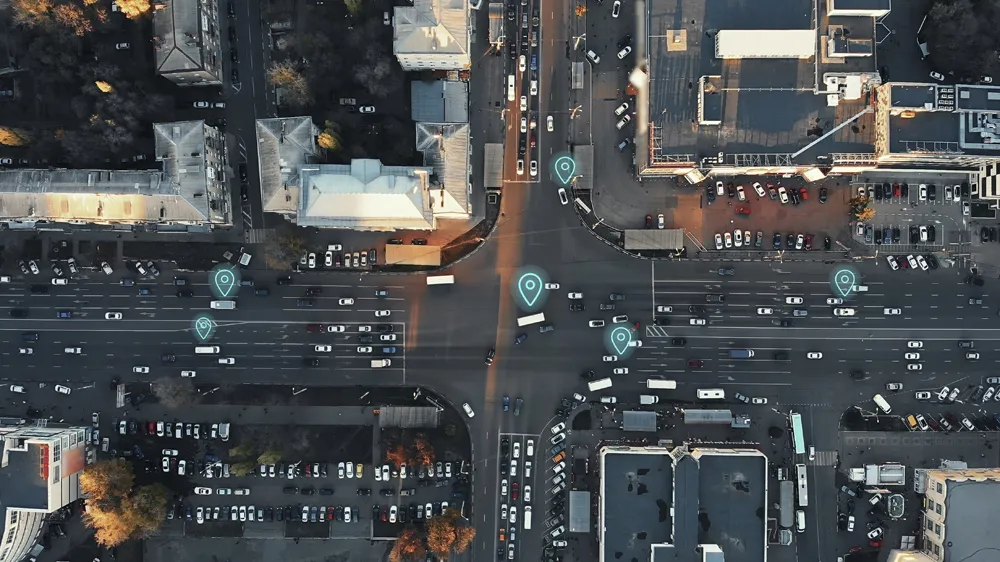
Traffic enforcement officers in Manila’s financial district are using live-streaming, body-worn cameras in a bid to improve their own safety and to respond quicker to accidents. Adam Hill reports
Makati, the financial centre of the Philippines, is home to just half a million residents. However, the daytime population of Makati - one of 16 cities that make up the metropolitan Manila area – is estimated to be more than three times that. Home to the highest concentration of multi-national and local corporations in the Philippines, it is a commercial hub: 600,000 vehicles are thought to move through downtown Makati on a typical weekday. Maintaining traffic flow and responding quickly to incidents is therefore vital unless the entire area is going to grind to a halt.
In a bid to ensure a swift response – and to improve their own safety – traffic officers in the City of Makati are now equipped with live-streaming, body-worn cameras. Made by Digital Barriers, the cameras send images to a central control room and are able to run for a full shift of eight hours. They are also – in a perhaps disturbing sign of the times – equipped with a panic button which the manufacturer says creates an extra layer of personal security. The city authorities hope to deter attacks from violent motorists.
Live-streaming technology
“Due to the wide spread of the traffic enforcement teams, and the major road networks that run through Manila, having technology that supports Makati’s people was a key driver for the modernisation of their systems – both in terms of fixed surveillance and ensuring that they have coverage in areas where having fixed infrastructure is more challenging,” explains Steve Wood, VP of Asia Pacific for Digital Barriers. Previously, the option would have been to rely on a legacy, record-only body-worn camera solution. “Using live-streaming technology to communicate video to a command centre is an unparalleled way of providing advanced situational awareness that can help protect both traffic officers and the public,” he adds.
The company’s EdgeVis Live platform allows fixed and mobile surveillance units, including the body-worn cameras, to be integrated into a control centre. It provides secure, scalable video transmission to users over static or wireless networks, he goes on.
“EdgeVis Live is designed to provide users with military-grade security,” continues Wood. “Conventional video streaming codecs, such as H.264, are not designed for transmission over constrained networks, and they typically suffer from image break-up or latency.”
Variable bandwidth
The company says its patented TVI video compression technology means video is delivered with less than 0.5 seconds of delay: TVI monitors the variability of bandwidth on wireless constantly, and uses this information to adjust the amount of image detail - so that it never exceeds available bandwidth. “This enables a constant frame rate and avoids missed frames or a build-up in time delay,” Wood adds. “Uniquely, TVI can stream real-time video over wireless networks at under 9Kps per second.”
Given the ubiquity of wireless technology, this sort of performance is attractive to customers: the system can also save data costs by using 60% less bandwidth than standard technologies. “The implementation of the first live-streaming, body-worn cameras has been a success and our officers are already enthusiastically utilising this technology in order to ensure their safety and support the disaster management in the city,” says Abby Binay, mayor of Makati.
“Users are able to obtain real-time video from anywhere delivering vital information and invaluable situational awareness,” concludes Wood. “Having a view of the scene beforehand can be the difference between arriving prepared or needing to spend time assessing a situation on arrival, which can introduce critical delays to operations.”








